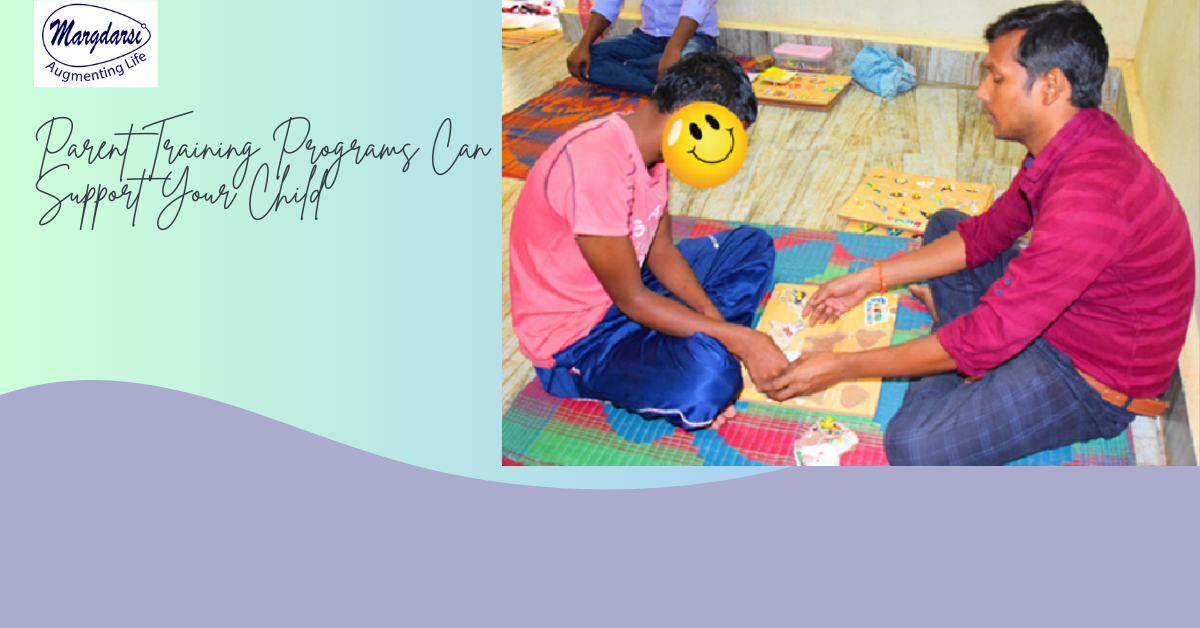
Autism Parent Training Programs Can Support Your Child
admin
- 0
Parenting is never easy, and when raising a child with autism, it can feel even harder. That’s where autism parent training programs come in. These programs guide families, give parents useful tools, and help children reach their full potential.
Why Autism Parent Training Programs Matter

Every child with autism has unique strengths and challenges. Parents may feel lost, not knowing how to respond in daily situations. Autism parent training programs provide step-by-step support so parents feel less stressed and more confident.
These programs teach:
-
How to manage daily routines without conflict
-
Ways to encourage positive behavior and communication
-
Skills for handling social challenges at school and home
-
Simple methods to reduce stress for both child and family
When parents are trained, children often improve their social skills, emotional regulation, and communication abilities.
Types of Autism Parent Training Programs
BOOK A FREE AUTISM GROWTH ASSESSMENT(Limited Spots Available!)
There isn’t just one type of program. Parents can explore different options based on their needs and location.
-
Autism parent training program online – Flexible and easy to access at home.
-
Free autism courses for parents – Great starting point for families with limited resources.
-
Autism courses in India & Autism School In India– Options like IGNOU autism courses and NIMHANS autism courses are highly respected.
-
Free autism courses with certificates – Useful for parents who want recognized learning while helping their child.
-
Parent training for autism spectrum disorder PDF – Many organizations offer free downloadable guides.
No matter which path you choose, these resources make parenting less overwhelming and more purposeful.
Parent Training Topics for Autism

Guide for Potential Treatments For Autism
Most programs cover a wide range of topics. Some common areas include:
-
Teaching children how to express needs clearly
-
Managing meltdowns and emotional outbursts
-
Building social skills step by step
-
Understanding sensory needs and triggers
-
Working with teachers and therapists for better outcomes
What is the parent training program for autism?
It is a structured guide that teaches parents how to support their child’s daily needs, communication, and behavior.
What is the 6-second rule for autism
It means giving a child about six seconds to process instructions before repeating or changing the request.
How to parent a child with autism?
Stay patient, use clear communication, follow consistent routines, and lean on autism parent training programs for guidance.
What is the biggest red flag for autism?
A major red flag is lack of eye contact and delayed speech, especially when paired with limited social interaction.


